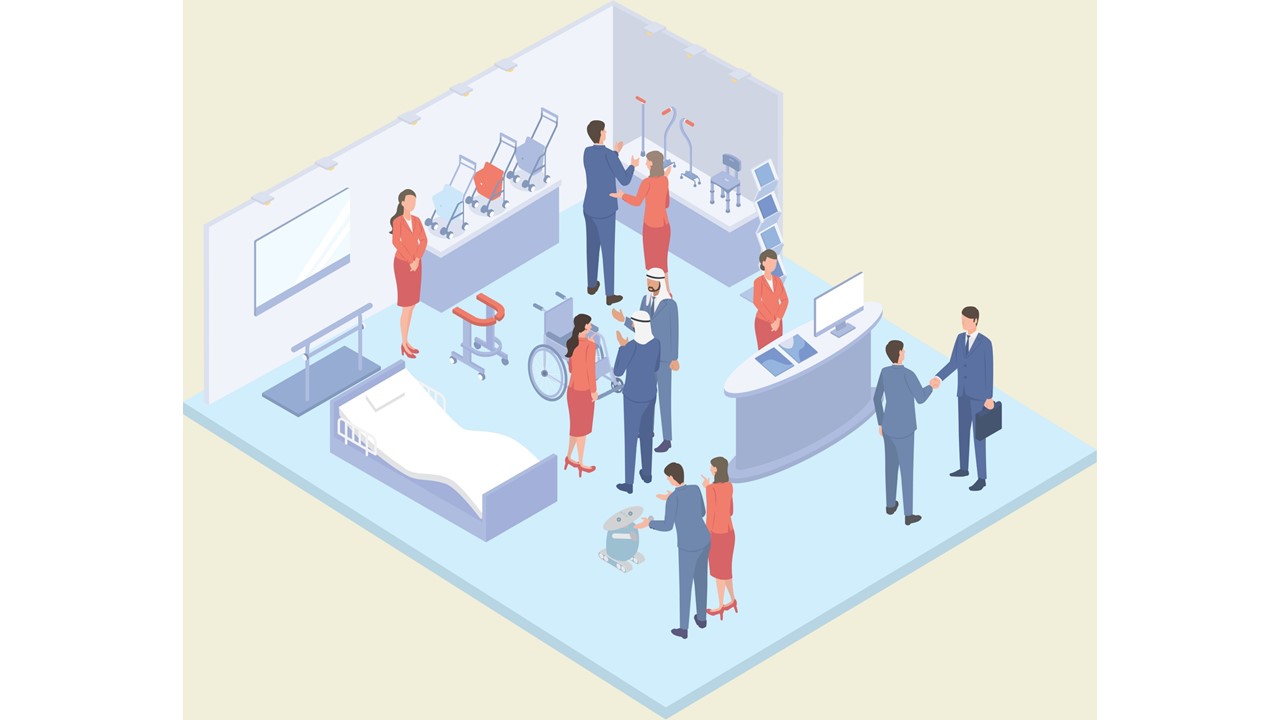ASOURCE®NAVI

公開日:2024.05.20
家族が介護を必要とする状況に直面すると、多くの人は不安や戸惑いを感じるかもしれませんが、焦る必要はありません。介護保険制度を有効活用し、様々なサービスを利用することで介護負担を軽減することが可能です。今回は、介護保険サービスの手続きなどについて説明します。
近年、急速な高齢化の進展に伴い、介護を必要とする高齢者の家庭環境は多様化しています。2022年厚生労働省の国民生活基礎調査によれば、要介護者がいる世帯のうち、42,1%が核家族世帯であり、全体で最も多くの割合を占めています。次いで30.7%が単独世帯となっています。2001年の調査で単独世帯は15.7%で、以降割合が大きくなっていることからも、高齢者の独り暮らしも増加していることがうかがえます。要介護者の年齢層を見ると、75歳以上の後期高齢者が87.1%を占めており、加齢に伴い介護ニーズが高まる実態が浮き彫りになっています。
一方で介護を行う側は、同居の場合は60歳、70歳代が、別居では50歳、60歳代が多く、いずれも女性の割合が高くなっています。このように、高齢者を介護する家族も高齢者かつ女性の場合が多いという実情もうかがえます。
介護が必要となる主な原因としては、認知症が最も多く、次いで脳卒中、骨折・転倒などの運動器の障害が続きます。いずれの場合も、日常生活動作や意思決定能力が低下するため、常に誰かの介助を必要とする状態になります。
介護が必要になった際、介護保険制度が大きな役割を果たします。まずは居住する自治体の窓口や地域包括支援センターに相談しましょう。相談方法は電話、来所、訪問などがあります。相談の上、介護が必要と判断された場合、自治体窓口で介護認定を申請します。申請時には、介護保険被保険者証の提示が求められます。その後、介護認定調査員が自宅を訪問し、心身状態に関する聞き取り調査を行います。併せて、主治医に意見書の作成を依頼します。主治医がいない場合は、自治体指定の診察を受ける必要があります。調査結果と主治医意見書に基づき、コンピューターによる一次判定、介護認定審査会による二次判定を経て、自治体が要介護度を最終決定します。申請から通知までは原則1ヶ月以内に完了する手順となっています。
介護度は要支援1〜2、要介護1〜5の7段階に分かれており、介護度によりサービスの種類と利用限度額が異なります。軽度の「要介護1」であれば訪問介護や通所介護などの在宅サービスが中心となり、重度の「要介護5」になると、特別養護老人ホームなどの施設入所が認められます。介護認定を受けた後は、介護支援専門員(ケアマネジャー)と面談を行い、本人や家族の希望を踏まえたうえで、必要なサービスを組み合わせたケアプランを作成します。次に、そのケアプランに基づき、実際のサービス提供事業所に依頼をします。最後に利用者の負担金額を確認し支払えば、介護サービスを受けられる体制が整います。なお、介護認定の有効期間は原則1年間です。
介護サービスには様々な種類がありますが、主なものとして訪問介護(ホームヘルパーの派遣)、通所介護(デイサービス)、ショートステイ(短期入所)、レスパイト入院(医療機関への短期入院)、福祉用具の貸与などが挙げられます。
福祉用具の貸与は、利用者が自宅で自立した生活を送れるよう支援するものです。指定事業者が、利用者のニーズと生活環境を踏まえて適切な福祉用具を選び、その取り付けや調整を行います。給付対象となる主な福祉用具は、車椅子、特殊寝台、体圧分散用具、体位変換器、徘徊感知機器、移動用リフト、歩行器、杖、手すり、スロープ、自動排せつ処理装置の13品目で、介護度によって対象品目が異なります。福祉用具のレンタル費用の一部は介護保険から給付されますが、利用者負担額があります。原則1割負担ですが、一定以上の所得者は2割または3割となります。費用は品目により異なり、介護度別に月額上限が設けられているため、他のサービスとの組み合わせを考慮する必要があります。
介護保険制度を上手に活用することで、介護負担を軽減することができ、要介護者やその家族の生活の質を向上させることが可能となります。
メディアスグループは、医療機器の販売を中心とした事業を展開しています。医療に携わる私たち(Medical+us)は、医療現場や人々の健康的な明日へ役立つ情報をお届けする情報発信源(Media)の役割も果たしていきたいと考えています。